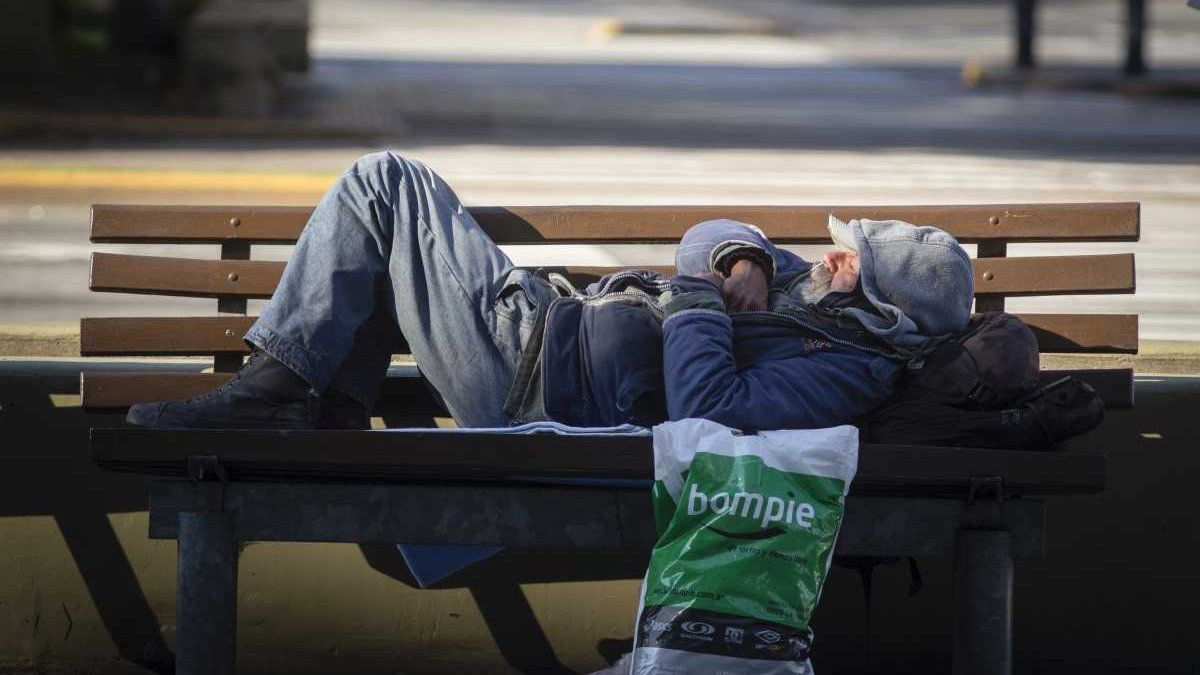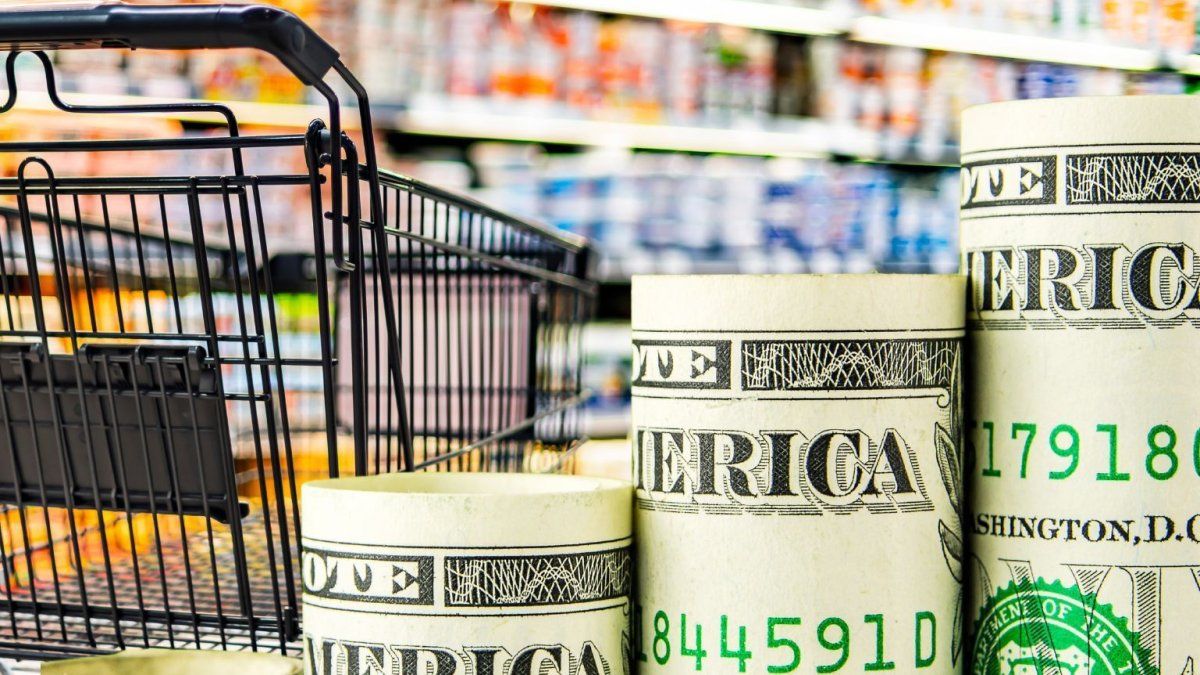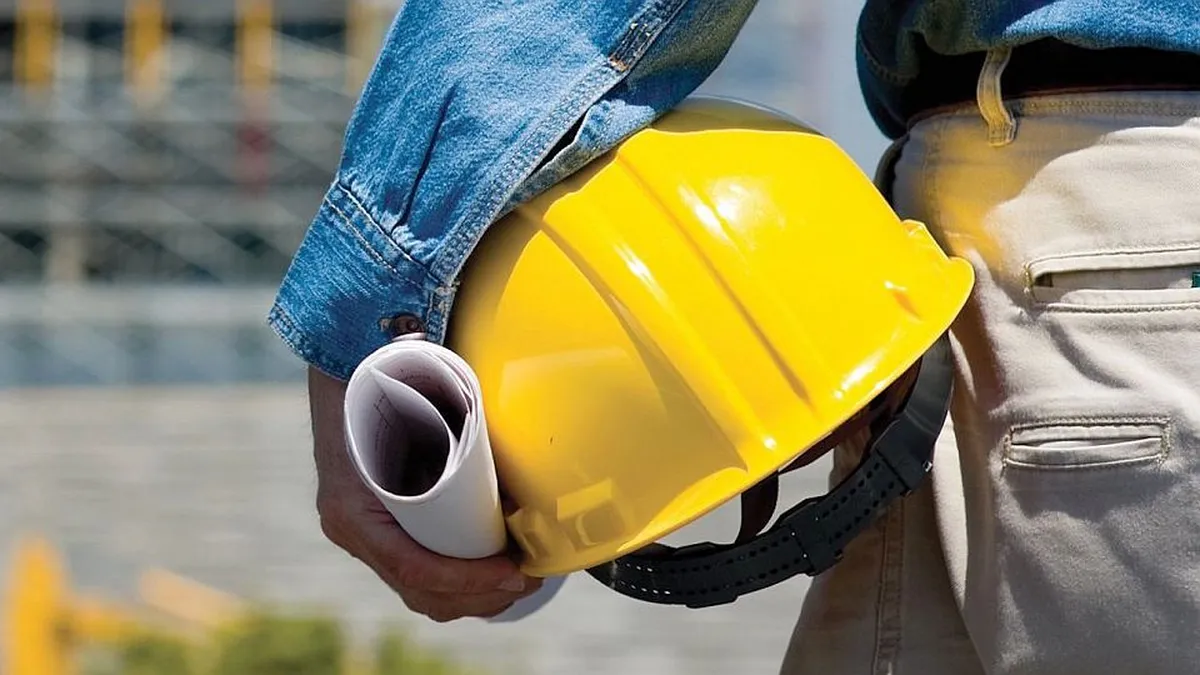He National Institute of Statistics and Censuses (INDEC) plans to publish data regarding the incidence of poverty and the indigence during the first half of the year 2023, as well as the Salary Index corresponding to last July.
In the second half of last year, the poverty rate affected 39.2% of the economically active population, exceeding the 37.3% registered in the same period of 2021. On the other hand, the indigence index, which refers to the proportion of poor people whose income they do not allow them to acquire the minimum amount of food necessary to survivestood at 8.1% between July and December of the previous year, compared to 8.8% for the same period in 2021.
It is important to mention that these data are disclosed in the context of the electoral campaignand the same will happen with the information about inflationwhich reached an all-time high in August and is expected to continue at high levels in the coming months.
Although an increase in the Poverty rate With the data that will be revealed this Wednesday at 4 p.m., it is crucial to keep in mind that this period does not include medication considerationsnor the impact of the inflationary peak in August, nor the devaluation endorsed by the Ministry of Economy.
Poverty rate: what private measurements say
Reports from private sources, such as that of Social Debt Observatory of the Argentine Catholic University (UCA), anticipate that almost four out of every ten Argentines are in poverty, marking the highest level since 2006. The Observatory estimates that poverty would have reached 50% of the population without the social programs implemented by the State.
Despite an increase in economic activity in urban centers and falling unemployment, The private sector expects poverty to be close to 40%three points more compared to the 36.5% of the first semester.
According to specialist projections Martín Rozada, director of the Master’s Degree in Econometrics at the Torcuato Di Tell Universitya, carried out based on data from the Permanent Household Survey and the values of the basic basket, the index will more specifically reach 40.1% of the Argentine population.
The estimates of Leopoldo Tornarolli, CEDLAS researcher on poverty and inequality issuesoscillate in a similar number: “Almost certainly above 40% but below 41%. My (conservative) estimate would be 40.3%.”
The specialist also pointed to the economic crisis and its impact on poverty in the second half of 2023. “The effect on poverty of devaluation and new acceleration of inflation We will only know him in December,” he said.
Since 2015 to date, the evolution of poverty shows a marked increase: During Mauricio Macri’s administration, the number grew almost 10 pointsreaching 34.2% at the beginning of 2019 to rise again to 34.7% during the beginning of the Government of Alberto Fernández.
According to the Permanent Household Survey (EPH) released by the organization led by Marco Lavagna in March of this year, the poverty rate closed the second half of 2022 at 39.2%, affecting 18,049,523 people living in 4.4 million homes. In addition, indigence stood at 8.1%, affecting 3,729,620 people.
The data that could change the electoral course
Simultaneously, to the unfavorable news that will impact the campaign Sergio Massa, starting this Wednesday the ban on electoral advertisements begins. The minister and candidate went ahead and this Tuesday, after reviewing all the measures applied after the PASO, announced the delivery of two bonuses of $47,000 for informal workers and two others of $10,000 for the unemployed.
These sectors were the last to receive this support, seeking to provide “relief” and strengthening after the impact of the devaluation and the sharper increase in prices.
Before October 22, the Minister of Economy will have to face other Consumer Price Index (CPI) corresponding to September, which will be affected by the rise in the official exchange rate. Private consulting firms estimate that it could be between 11% and 13%.
In the economic sphere, they maintain hope that both the weekly revelation of slowing inflation through the “weekly CPI”published by the Secretariat of Economic Programming every Friday, like the freezes at the beginning of each month to stop the increase in prices, function as mitigants to obtain better results in the face of the elections.
Source: Ambito




